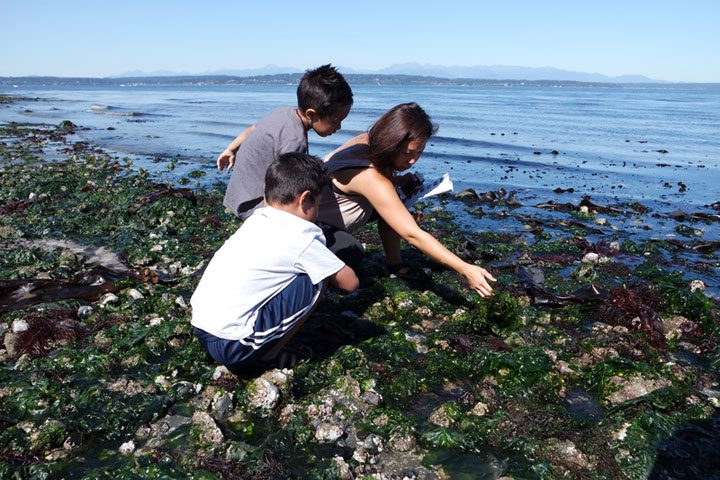Using Phenomena in NGSS-Designed Lessons and Units

Anchoring student learning in phenomena can help educators align their teaching to the new vision for science education in the NRC Framework and the Next Generation Science Standards. By investigating compelling real-world phenomena, students have opportunities to apply science and engineering practices to disciplinary core ideas and gain a better idea of crosscutting concepts.
Science instruction has often been centered on learning general knowledge rather than exploring and explaining specific phenomena, such as directly teaching Newton’s Laws of Motion rather than learning about them through an engineering design challenge. By exploring phenomena, students have opportunities to apply science and engineering practices and to build their own larger scientific conceptions and identities. This tool, created in collaboration with staff at Achieve and Next Gen Science Storylines, explores the significance and nuances of using phenomena in instruction aligned with the vision in the NRC Framework and NGSS.
There are additional resources to go with this resource, including:
- an overview video
- a web site of phenomena
- a one-page overview of qualities of phenomena for coherent science units
- a video showing how to evaluate instructional materials from the perspective of phenomena (Note: Video is behind a paywall. However, STEM Teaching Tool #23 gives an overview of the EQuIP Rubric discussed in this video, and ACESSE PD Resource E and Resource H discuss phenomena-based instruction in more detail.)
Authors:
Achieve, Next Gen Science Storylines & STEM Teaching Tools - October 2016
ALSO SEE STEM TEACHING TOOLS
STEM Teaching Tools content copyright 2014-22 UW Institute for Science + Math Education. All rights reserved.
This site is primarily funded by the National Science Foundation (NSF) through Award #1920249 (previously through Awards #1238253 and #1854059). Opinions expressed are not those of any funding agency.
Work is licensed under a Creative Commons Attribution-ShareAlike 4.0 Unported License. Others may adapt with attribution. Funded by the National Science Foundation (NSF). Opinions expressed are not those of any funding agency.


 Email Feedback
Email Feedback


